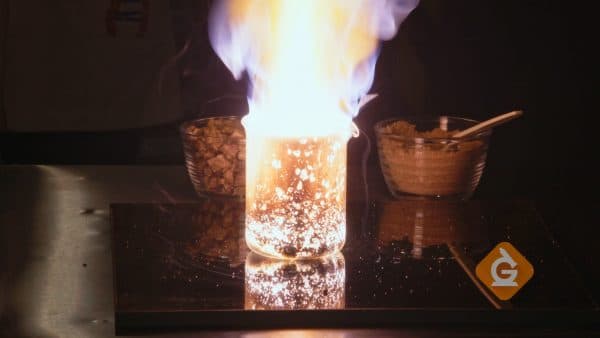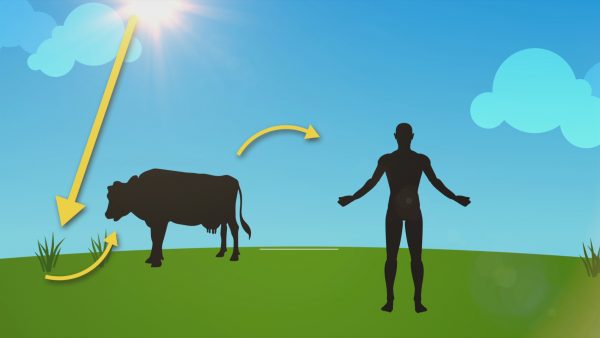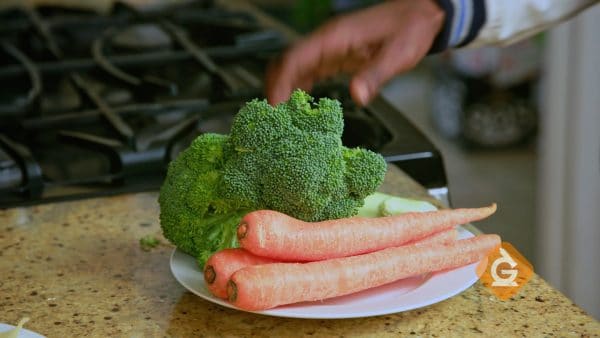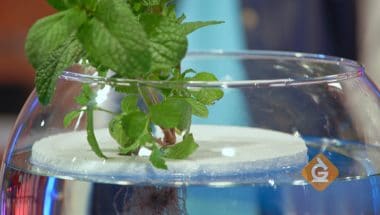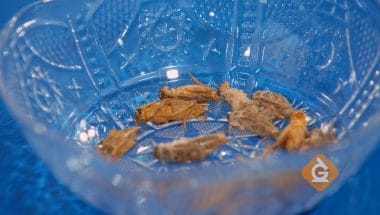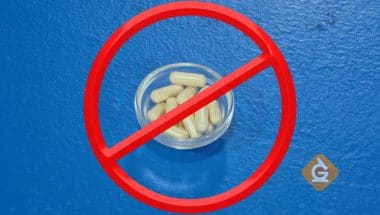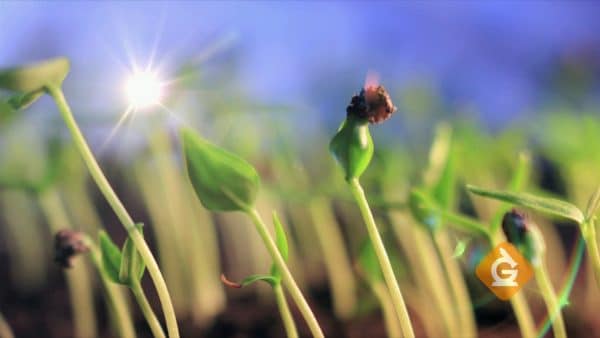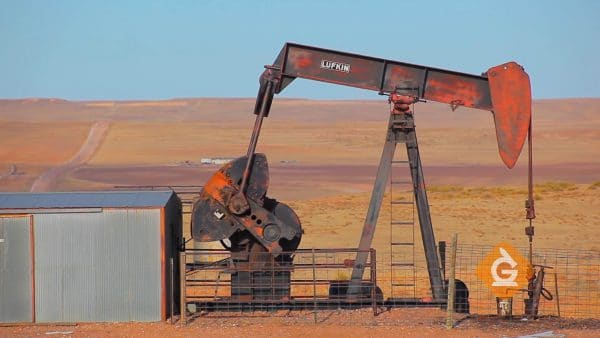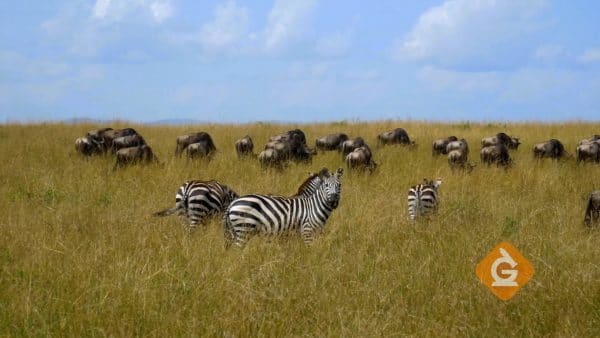Hydroponic plants grow without soil by using minerals in the water. This is evidence that plants do not get their energy from the soil. All the energy to make them grow comes from the sun.
The food we eat gives our bodies materials for growth.
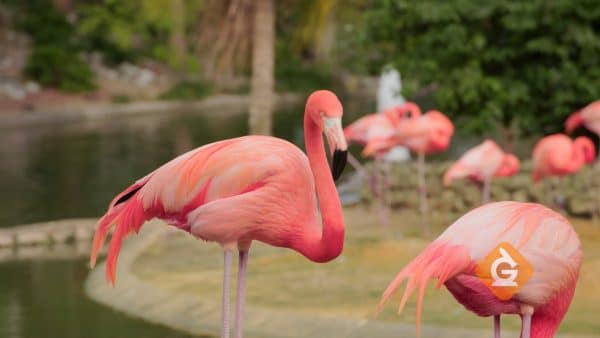
Nearly all our food comes from either plants or animals. After it enters our digestive system, our bodies break it down into useful materials that have two uses.
Growth & repair (getting taller, stronger or mending broken bones), and energy to think, stay warm, and move around.
Flamingos are an excellent example of how food is used for growth. Flamingos like to eat algae which has a lot of beta-carotene, a natural chemical that has a red color. The bird’s digestive system breaks down the algae, which releases the red chemical. The red chemical then gets deposited in the flamingo’s feathers as they grow, giving flamingos a pink color.
If you feed a flamingo food without the natural red chemical, it would not be pink. Even though we are not the color of our food like a flamingo, we are also made up the materials that we have eaten. You are what you eat!

